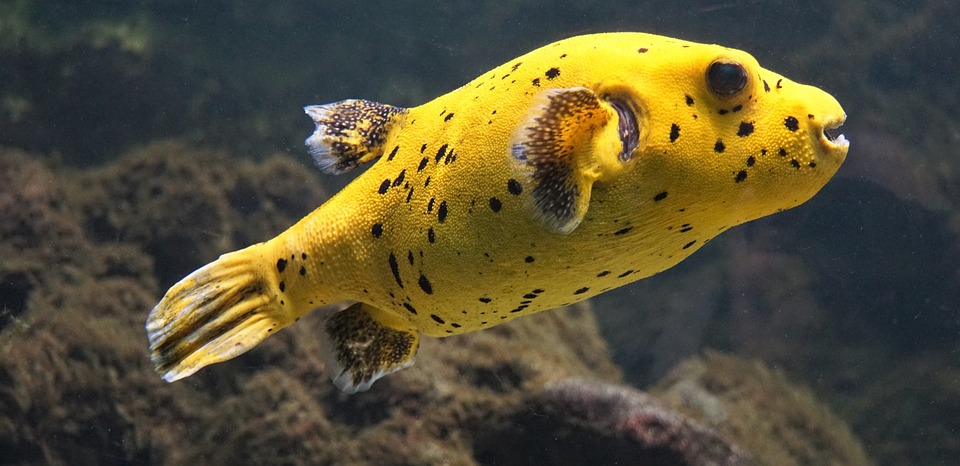Creating a calm and stress-free environment for your fish is essential for their overall well-being and health. One crucial factor in achieving this is maintaining appropriate tank water quality. In this article, we will discuss the various ways you can create a soothing environment for your fish by making necessary changes to your tank water quality.
Understanding the Importance of Tank Water Quality:
The impact of water quality on fish behavior
Fish are highly sensitive to changes in their environment, especially when it comes to their living conditions. Poor water quality can lead to stress and behavioral changes in fish, such as decreased appetite, increased aggression, and reduced activity levels. By ensuring optimal tank water quality, you can help create a calm and peaceful environment for your fish.
Maintaining proper water parameters
Maintaining proper water parameters is crucial for the health and well-being of your fish. Parameters such as temperature, pH levels, ammonia, nitrites, and nitrates should be regularly monitored and adjusted as necessary. These factors directly affect the overall water quality and can have a significant impact on fish health.
The role of water quality in reducing stress and promoting fish health
High water quality plays a vital role in reducing stress and promoting fish health. When fish are subjected to poor water conditions, they become more susceptible to diseases and infections. By maintaining optimal water quality, you can help strengthen your fish’s immune system and ensure their overall well-being.
Factors Affecting Tank Water Quality:
Temperature control and stability
Maintaining a stable water temperature is crucial for fish health. Sudden fluctuations in temperature can stress fish and make them more prone to diseases. Use a reliable aquarium heater and thermometer to ensure the water temperature remains constant.
pH levels and acidity
Different fish species have specific pH level requirements. It is important to research the ideal pH range for your fish and adjust the tank’s pH accordingly. Regular water testing and the use of pH-adjusting products can help maintain the desired levels.
Oxygenation and filtration
Proper oxygenation and filtration are essential for maintaining good water quality. A well-functioning filter will remove debris and waste, while an air pump or water bubbler will ensure adequate oxygen levels in the water.
Nitrates, nitrites, and ammonia levels
Nitrate, nitrite, and ammonia levels should be monitored regularly, as these compounds can be harmful to fish at high concentrations. Regular water changes and the use of biological filtration media can help keep these levels in check.
Lighting and natural habitat simulation
Using appropriate lighting conditions can create a calming environment for fish. Some fish species require dimmer lighting, while others prefer brighter conditions. Additionally, adding plants and decorations that mimic their natural habitat can provide a sense of security and reduce stress.
Steps to Create a Calming Environment:
Regular water testing and monitoring
Regularly testing and monitoring water parameters is essential to maintain optimal water quality. Invest in a reliable test kit and perform tests at least once a week to ensure all levels are within the appropriate range.
Proper filtration system installation
Install a filtration system that is suitable for the size of your tank. Make sure to clean or replace filter media regularly to prevent the buildup of harmful substances.
Maintaining optimal water temperature
Use a heater and thermometer to maintain a stable water temperature suitable for your fish species. Avoid sudden temperature changes, as they can cause stress and health issues.
Adjusting pH levels as per fish species requirements
Research the ideal pH range for your fish species and adjust the tank’s pH accordingly. Use pH-adjusting products if necessary, but be cautious not to make sudden or drastic changes.
Implementing suitable lighting conditions
Choose lighting that suits your fish species’ needs. Some fish prefer dimmer lighting, while others thrive in brighter conditions. Timers can help regulate the lighting cycle and create a natural day-night rhythm.
Providing hiding spots and natural décor
Adding hiding spots and natural décor, such as rocks, caves, and plants, creates a sense of security for your fish. It also helps mimic their natural habitat and provides areas where they can retreat and relax.
Choosing compatible tankmates
When selecting tankmates for your fish, consider their compatibility in terms of size, temperament, and water parameter requirements. Avoid overcrowding the tank, as it can lead to increased stress and aggression.
Conclusion:
By understanding the importance of tank water quality and implementing appropriate changes, you can create a calming environment for your fish. Keeping a close eye on water parameters, maintaining stable conditions, and providing suitable tank conditions will greatly enhance the overall well-being and happiness of your aquatic pets.
Remember, a serene environment is not just visually appealing but also plays a vital role in the behavior and health of your fish. So, keep your tank water quality in check, and enjoy watching your fish thrive in their tranquil home.
Note: This article is intended for informational purposes only and should not replace professional advice. Always consult with an expert or veterinarian when making changes to your fish tank or addressing any concerns regarding your fish’s health.









